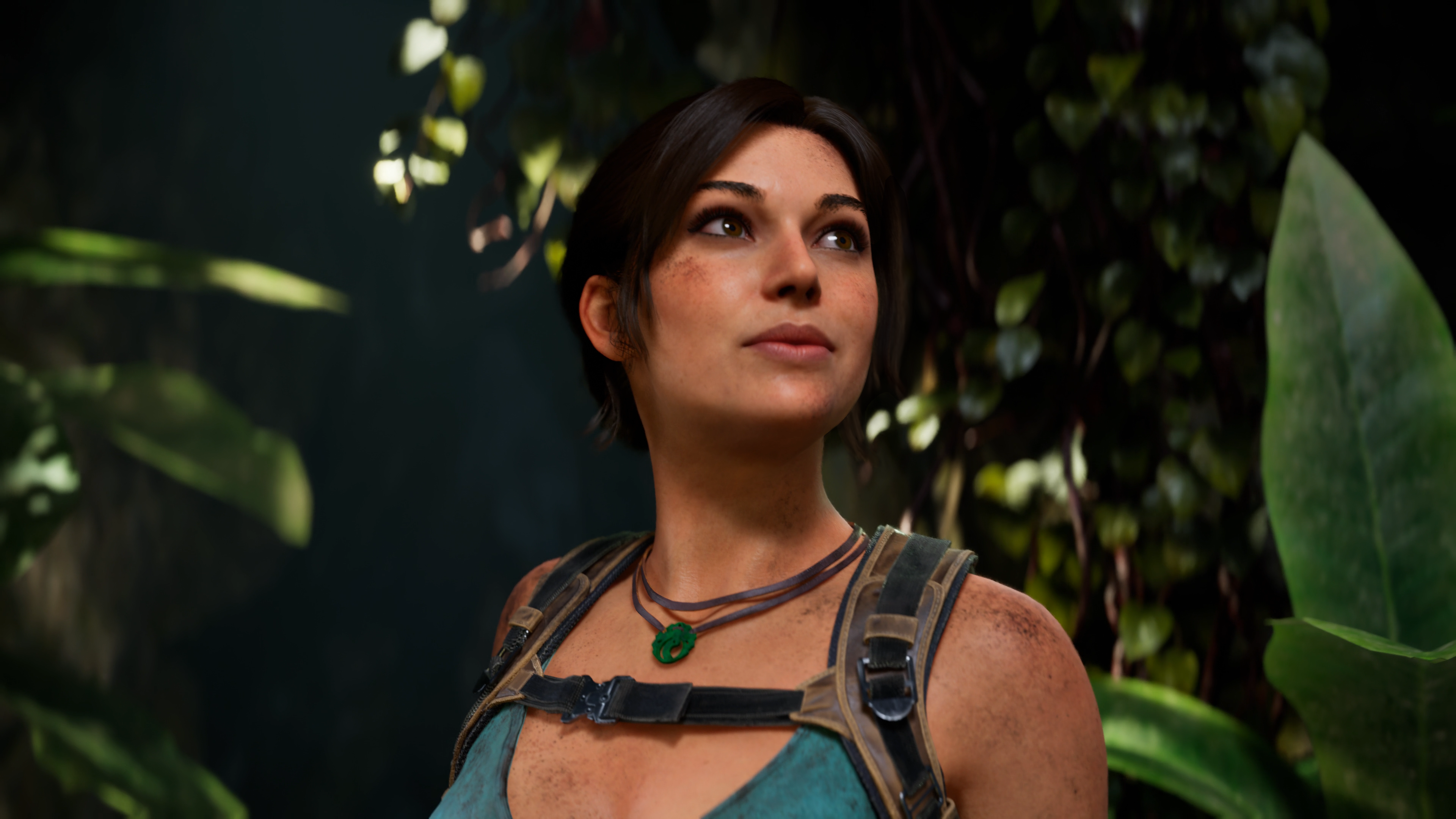Why you don't always need a plan when you paint
See how the delicate art of making-it-up-as-you-go-along helped create this fantasy portrait.
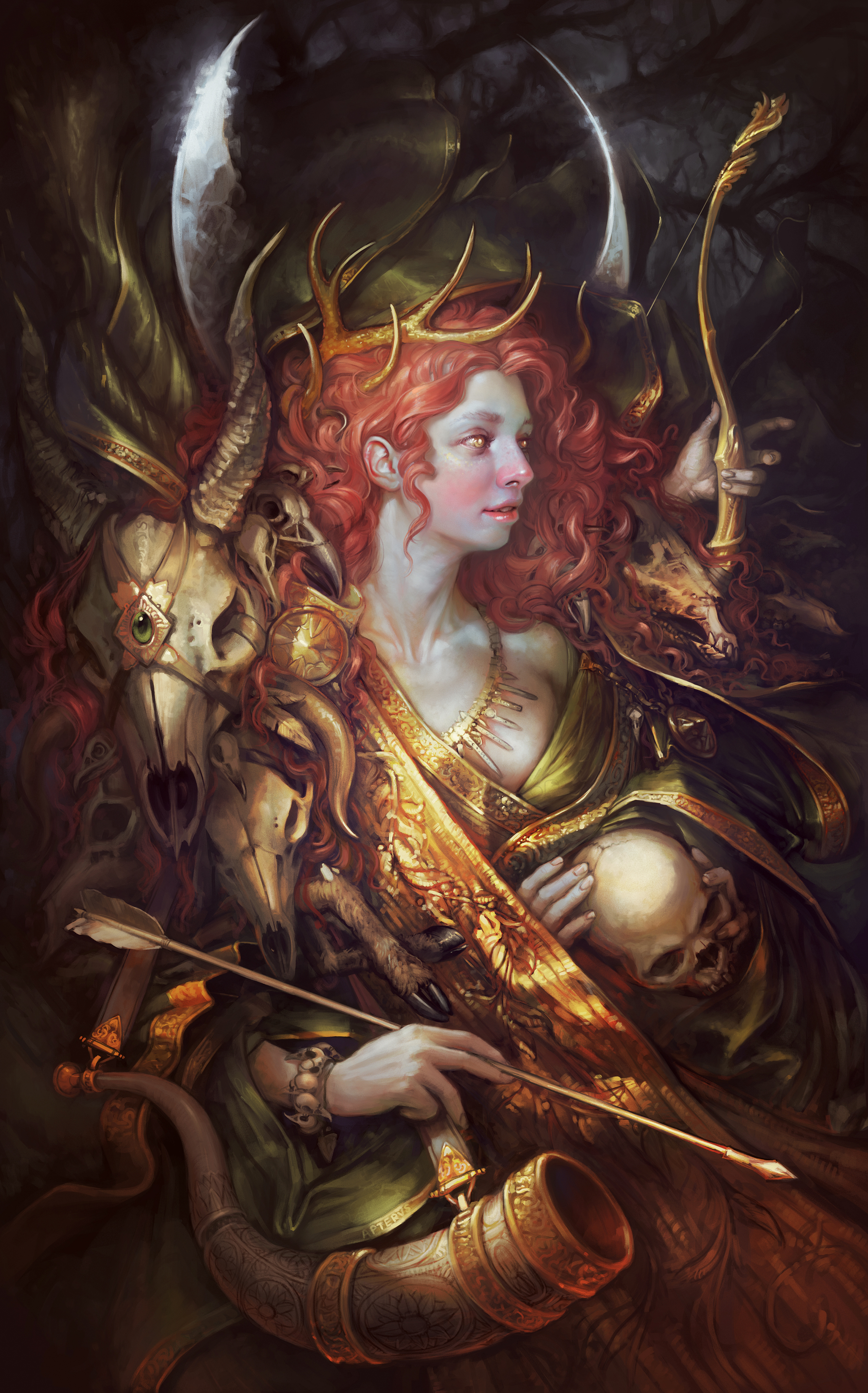
This work started as a simple practice portrait and ended up being a detailed painting of Diana, the Roman goddess of the hunt. I had no major plans for the artwork and no clear vision of how to paint the end result. Indeed, apart from the fun I knew I’d have painting, I had no reason to create it.
What I really like about digital painting is that the canvas isn’t strictly defined and you can take a painting in whatever direction feels right, wasting nothing but time. In the steps below, I'll show you how a simple line sketch evolved into a fully realised fantasy portrait without putting any planning into the picture at all.
01. Remember the basics
I can’t stress enough that to do this improvisational, 'relaxing jazz' thing (as I call it) on the canvas, one has to be familiar with the rules of composition, lightning and colours, and always keep them in mind. After all, a musician follows a harmonic progression and knows the limits of their instrument, even when improvising. Otherwise they’ll produce an unpleasant cacophony.
02. Sketch out the figure
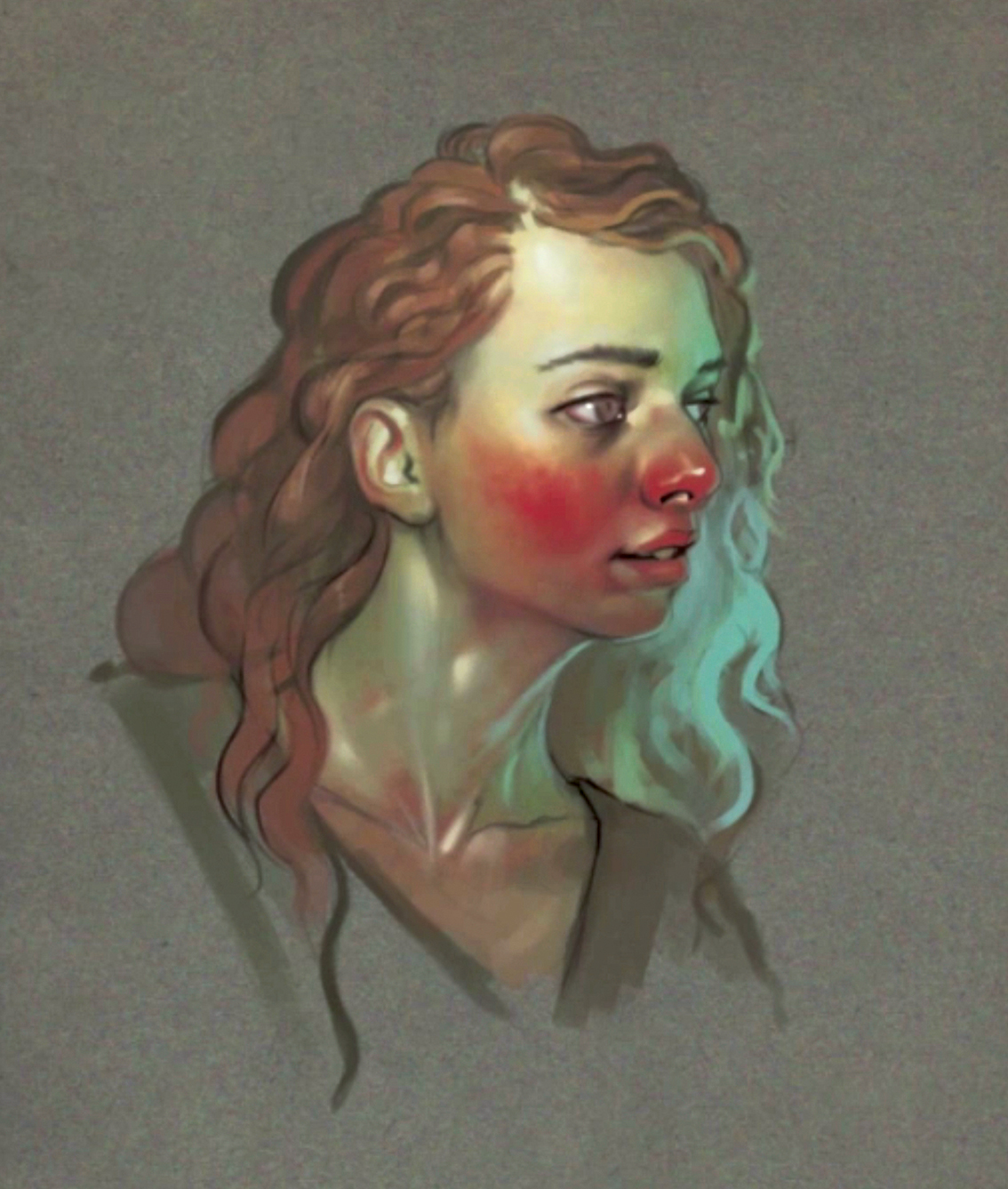
I start with a simple line sketch. It’s supposed to be a portrait, so I don’t bother with trivialities such as the rest of the scene. I fill it with colours; I often prefer to start using colours early. I can check my values using a quick temporary filter.
03. Overpainting and research
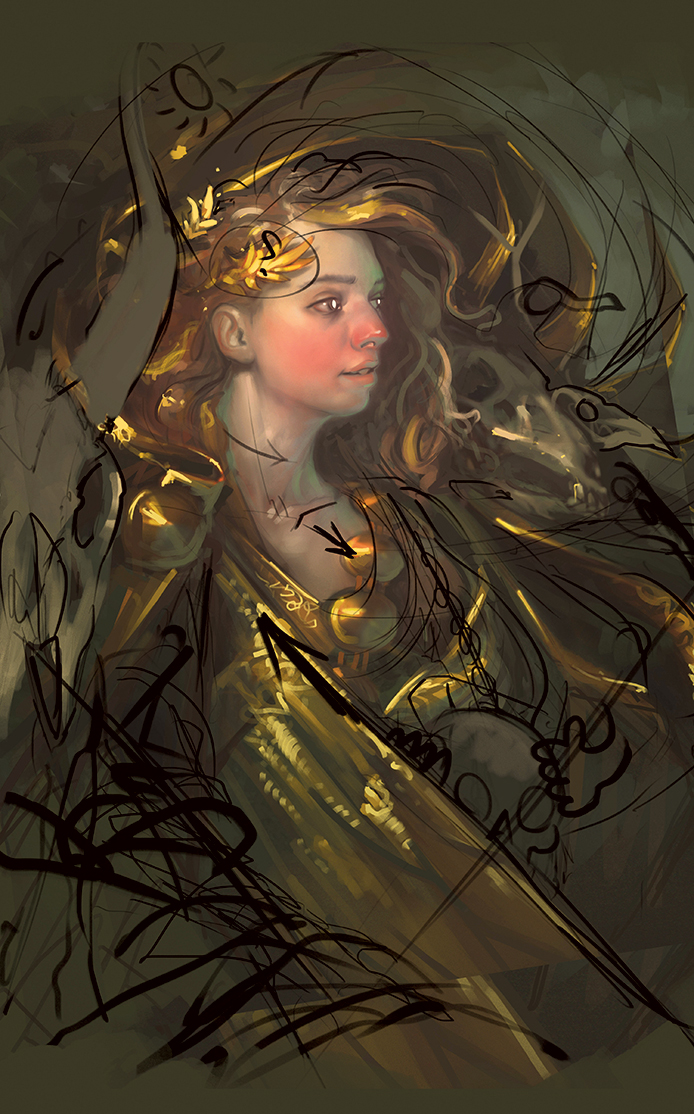
I decide that the portrait is boring and the rest of the scene isn’t working. I have a beer and do some aggressive overpainting – as if the painting has been done by someone I despise – then go to sleep. I start the new day by researching materials and themes, so I can add some specific items that support the emerging mythological theme more accurately.
04. Add paint on a single layer
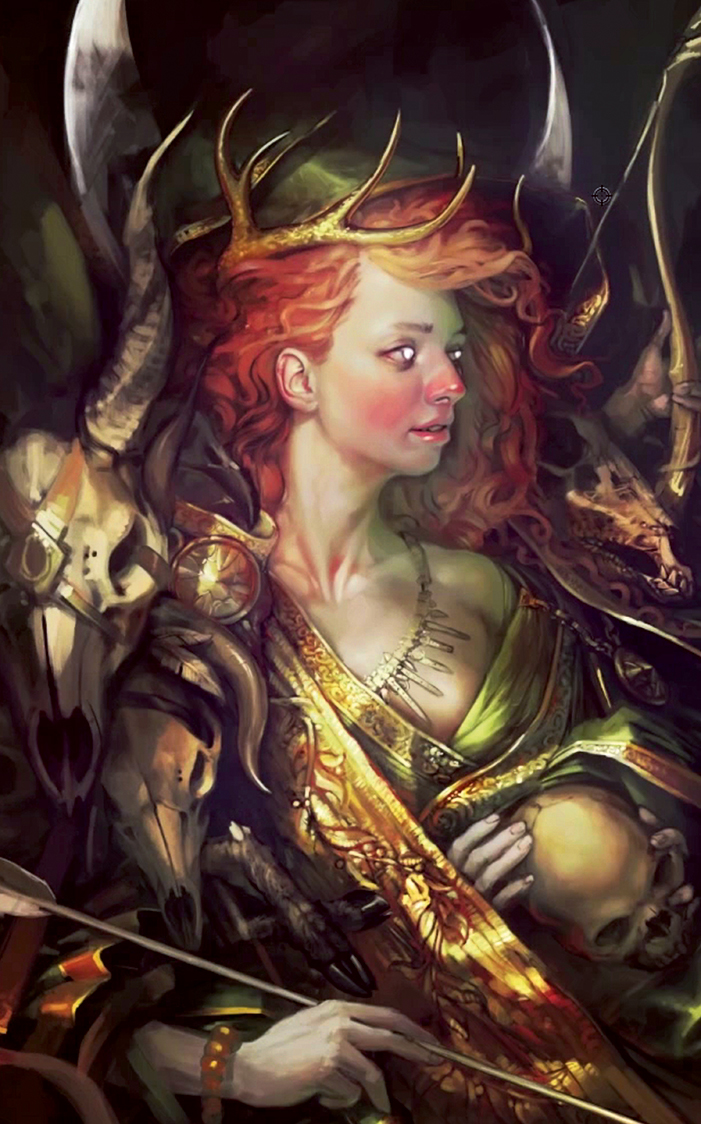
I render everything using a simple square brush on a single layer. I don’t like using fancy tricks and specialised brushes. I like to do it the old-fashioned way, applying paint where it’s needed. I often use the Liquify filter or cut and paste to move things around.
This article was originally published in ImagineFX magazine issue 143. Buy it here.
Daily design news, reviews, how-tos and more, as picked by the editors.
Related articles:
